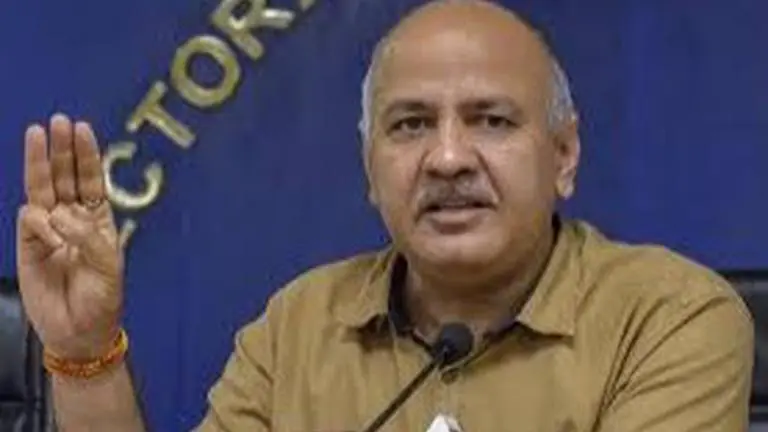Updated 31 July 2020 at 14:49 IST
New Education Policy recommends highly-regulated, poorly-funded model: Manish Sisodia
Fundamental teaching in mother tongue or regional languages is a progressive step. We also welcome the focus on early childhood education,” Sisodia.
- Education News
- 2 min read

The new National Education Policy (NEP) recommends a “highly-regulated” and “poorly-funded” education model, while it is either confused or silent on how the reforms outlined in it will be achieved, Delhi Deputy Chief Minister Manish Sisodia said on Thursday.
Referring to the policy as a “progressive document”, the Aam Aadmi Party (AAP) leader said it recognises the flaws in the current education system but was unable to break free of the pressures of old traditions. “The NEP is a progressive document but there is no roadmap for its implementation.
“The nation was waiting for a new education policy for 34 years. It is here now. It is a forward-looking document, which accepts the flaws of today’s education system but has two issues with it — it was unable to break free of the pressures of education’s old traditions and does not say how the that it speaks of will be achieved. The policy is either silent or confused on these issues,” Sisodia said at a press conference.
“Fundamental teaching in mother tongue or regionreformsal languages is a progressive step. We also welcome the focus on early childhood education,” the deputy chief minister said.
'Completely silent of sports'
Sisodia, who is also the education minister of Delhi, said, “If there are going to be common entrance exams in universities, why do we need board exams? What is the need for duplication? A policy, which is now going to be in place for the next few decades, is completely silent on sports.”
Advertisement
Replacing the 10+2 structure of the school curricula with a 5+3+3+4 curricular structure corresponding to the 3-8, 8-11, 11-14 and 14-18 age groups respectively, scrapping M.Phil programmes and implementing common norms for private and public higher education institutions are among other salient features of the new policy.
Published By : Vishal Tiwari
Published On: 31 July 2020 at 14:49 IST
